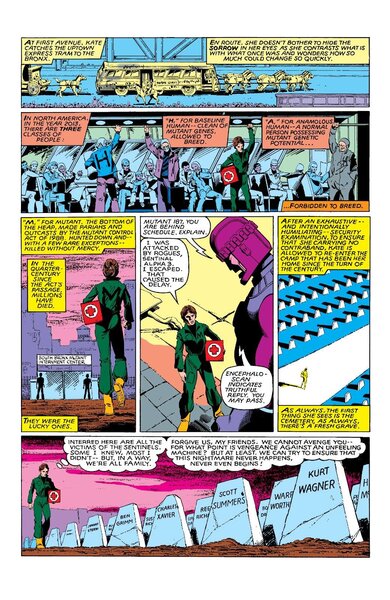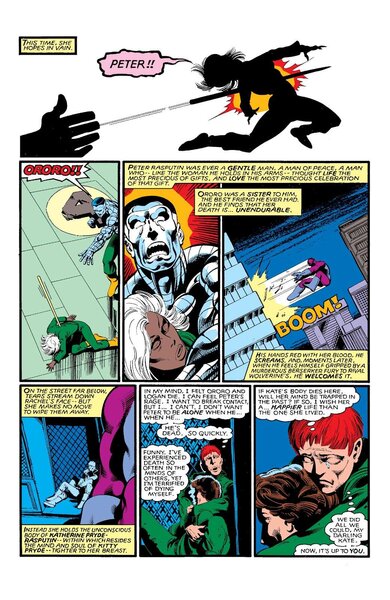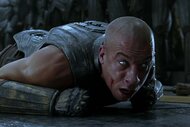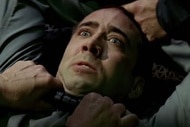Create a free profile to get unlimited access to exclusive videos, sweepstakes, and more!
40 years later, X-Men: Days of Future Past remains the best X story ever
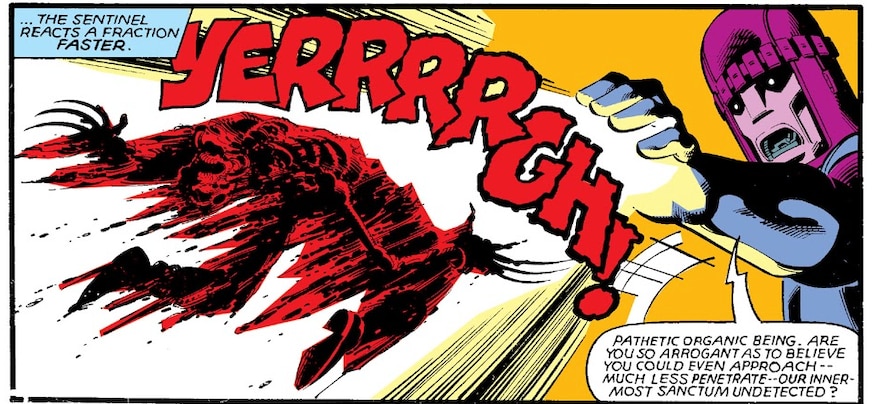
They don't make comics like they used to.
Before you eye-roll and dismiss this as just another annoying complaint from a... ahem... "veteran fan" who pines for the days of 35-cent cover prices and the smell of beautiful, clean newsprint (ooh-ooh, that smell), this is not a column to indict modern comics. Promise!
When I say they don't make comics like they used to, I'm talking about the types of stories they deliver. It's no secret that one-and-done stories are exceedingly rare in comics from the major publishers. With the importance of the trade paperback market to the financials of comic publishers, creating six-to-12 chapter stories is all but mandatory for the creators on many books. Self-contained single-issue or even two-issue stories are practically extinct.
Which is why, when it came to my attention that this week marked the 40th anniversary of the publication of Uncanny X-Men #141 (street date was actually October 21, 1980), I started thinking about this lost art of comic book storytelling. If you're reading this column, then you are clearly a person of exquisite taste and an appreciation for comics history. Which is a long-winded way of saying if you read my column, then you probably know that #141 is Part One of the greatest X-Men story, "Days of Future Past."
It's hard to wrap my head around the idea that it's been 40 years since I grabbed this comic off the shelf at Sunshine Comics. I can vividly recall my fascination with the cover. My Gods, that cover! John Byrne and Terry Austin's cover is a master class in achieving the number one goal a comic book cover should do: Make you grab that damn comic and buy it. There is a reason why it's one of the most homaged covers in the history of comics.
The story inside was terrifying. The year 2013 is a nightmarish future in which the Sentinels had taken over America and killed or enslaved most of the superheroes. A daring plan to go back in time to prevent this dystopian existence from ever happening is hatched, and we spend time going back and forth between a world ruled by machines and 1980 when the X-Men are still around fighting the good fight.
Change the past, save the future.
The general premise of "Days of Future Past" bears more than a slight resemblance to the plot of The Terminator, which came out in 1984. In truth, the X-tale may have also been inspired by previous science fiction. John Byrne, the artist on the story who also came up with the plot, has said on his Byrne Robotics website that he realized after the fact that DOFP resembles the old Doctor Who episode "Day of the Daleks."
Regardless of its origin, the two-part serial in Uncanny X-Men #141-142 remains a high watermark in comics for any number of reasons. First, this was the second-to-last story before Byrne would leave the title. Look at the pages and you'll see an artist at the top of his game. Each panel is loaded with incredible detail and effortless storytelling. The art combined with writer Chris Claremont's powerful dialogue and detailed "thought bubbles" created an alternate reality in two regular-sized comics. Hell, the world-building was established in the first five pages! That kind of compact storytelling simply doesn't happen anymore.
Let's not forget, the conclusion to the story killed off just about every remaining X-Man, including Wolverine! It's hard to explain just how shocking it was to be a comics fan in 1980 and see Logan's charred adamantium skeleton in #142. Peter Rasputin's anguish at seeing Ororo die right after Wolvie is one of the most powerful scenes in the entire Byrne/Claremont run on the title, which is really saying something.
It's staggering how much occurs in those two issues that wound up having major consequences on future X-Men adventures. It introduced Rachel Summers, hinted at the link between Mystique and Nightcrawler, and presaged Magneto's eventual turn into an ally of the X-Men. It also set up decades of time-traveling angst like only the X-Men could do and set the stage for characters like Bishop to come to life. (C'mon, there's no chance that guy is ever created without DFOP.)
I don't mean this to be an indictment of current comics, but it would take a year and about a dozen spin-off titles to deliver as much story and world-building as Byrne/Claremont gave us in two regular-size comics.
(OK, maybe that was a bit of a dig. I can occasionally be petty.)
When we talk about the greatest comics or most influential comics of all time, the conversation tends to zero in on specific runs or limited series. We just delivered a new Behind The Panel video retrospective on The Dark Knight Returns where I declare loudly, right there in the title, that that four-issue limited series is the most influential comic book in history. I stand by that proclamation.
But I'll be damned if "Days of Future Past" isn't a really close second.
What do you think is the most influential comic book story of all time? Find me on Twitter/Facebook/Instagram and tell me about them. I can talk comics all day long, as long as we keep it civil.
As always, i'd like to remind you that Behind the Panel is a multi-platform series that can help keep you entertained during these strange and stressful times we're in. Our video series is loaded with my in-depth interviews with amazing comic book creators and untold stories from the past. The Behind the Panel podcast is an audio documentary series that provides unique insight into your favorite creators and stories. It's on hiatus now, but we'll back in 2021 with new episodes. So now's the time to catch up on our greatest hits!
The views and opinions expressed in this article are the author's and do not necessarily reflect those of SYFY WIRE, SYFY, or NBCUniversal.

